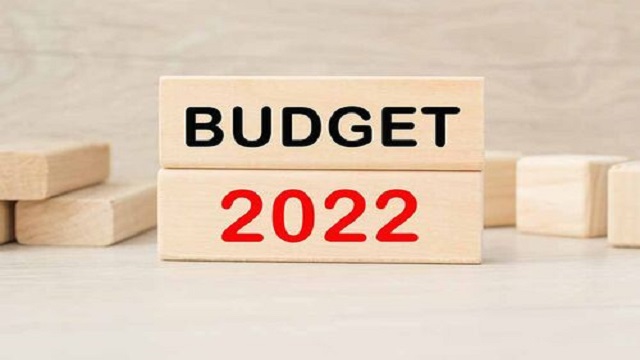What is PMAY?
PMAY is Pradhan Mantri Awas Yojana – Urban, which was proposed to serve housing for all in urban areas by the year 2022. This is a flagship Mission of the Government of India being applied by the Ministry of Housing and Urban Affairs (MoHUA). It was launched on 25th June 2015. This is also known as Housing for All.
In this mission, the lack of houses in urban areas is among the Economically Weaker Section (EWS) or Low Income Group (LIG) and Middle Income Group (MIG) groups including the slum occupants by ensuring a pucca house to all urban households who are eligible for this scheme when the Nation completes 75 years of its Independence in 2022.
In the execution and success of PMAY(U), State Level Nodal Agencies (SLAs), Urban Local Bodies (ULBs)/ Implementing Agencies (IAs), Central Nodal Agencies (CNAs), and Primary Lending Institutions (PLIs) are the main contributors, and plays an essential role in it.
According to the guidelines of PMAY(U), the size of a house for EWS could be up to 30 sq. meters of carpet area, however, States/UTs have the flexibility to increase the size of houses in approval and consultation with the Ministry.
PMAY(U) EXTENDED TILL 31, DECEMBER, 2024:
According to the government statement, everyone knows that this scheme was launched in 2015 with the target of constructing over 1.12 crore homes in urban areas by August 15, 2022, but the Cabinet approved an extension till December 31, 2024. So, the houses already approved are completed. This is because while the initial order for houses was 1.12 crore, the Housing and Urban Affairs Ministry has approved 122.69 lakh houses, of which 102.59 lakh have been grounded and 61.77 lahks have been delivered as on August 1.
As per the statement of the Lok Sabha on July 21, Housing and Urban Affairs Minister of State Kaushal Kishore had said: “A proposal seeking extension of the mission up to March 2024, to complete all houses authorized under the scheme up to 31 March 2022 without changing the funding pattern and implementation methodology, is under consideration. Meanwhile, a temporary extension of 6 months for all verticals except Credit Linked Subsidy Scheme has been granted.”
MISSIONS AND FACILITIES UNDER PMAY(U):
The mission covers the whole urban area, including statutory towns, notified planning areas, industrial development authorities, development authorities, special area development authorities, or any such authority under state legislation that is authorized by the functions of urban planning and regulations. Under PMAY (U), all houses have amenities like toilets, electricity, a water supply, and a kitchen.
ELIGIBILITY CRITERIA FOR PMAY (U)?
This mission provides ownership of houses in the names of the female members or in a joint name to promote women’s empowerment. Although, preference is also given to differently-abled persons, senior citizens, STs, SCs, OBCs, minorities, transgender people, single women, and other vulnerable and weaker sections of society.
The eligibility criteria for the Pradhan Mantri Awas Yojana are as follows-
- The Applicant’s Family must not own a house in any part of the country.
- PMAY is accessible for an economically weaker section (EWS), LIG (Low Income Group), MIG-I (Middle Income Group I), and MIG-II (Middle Income Group-II) sections of society.
- The family should not have a pucca house in their name or any family members.
- The subsidy is notifying both banks and housing finance organizations.
